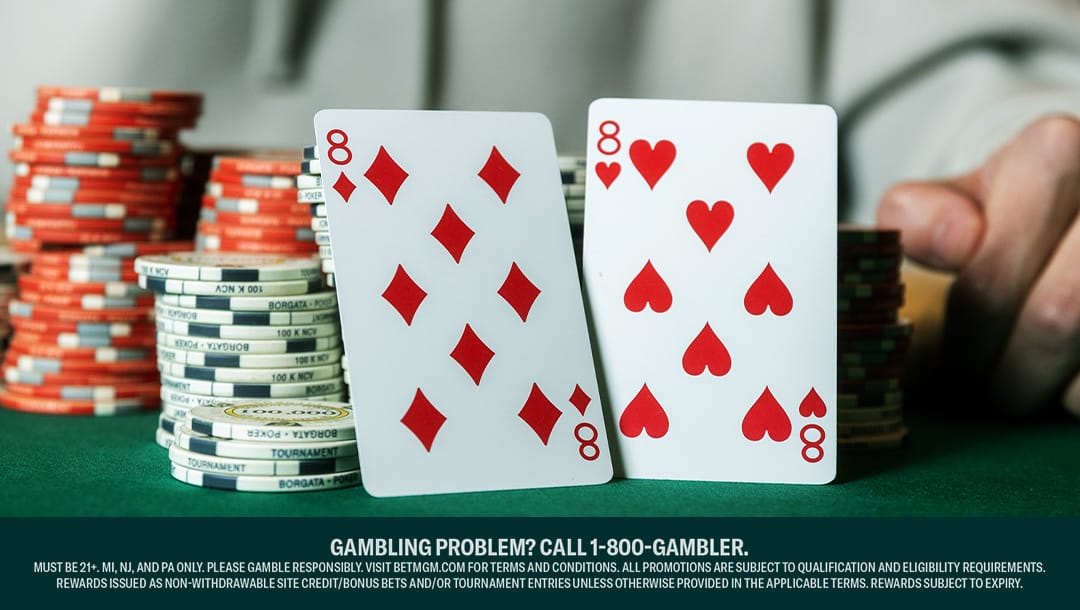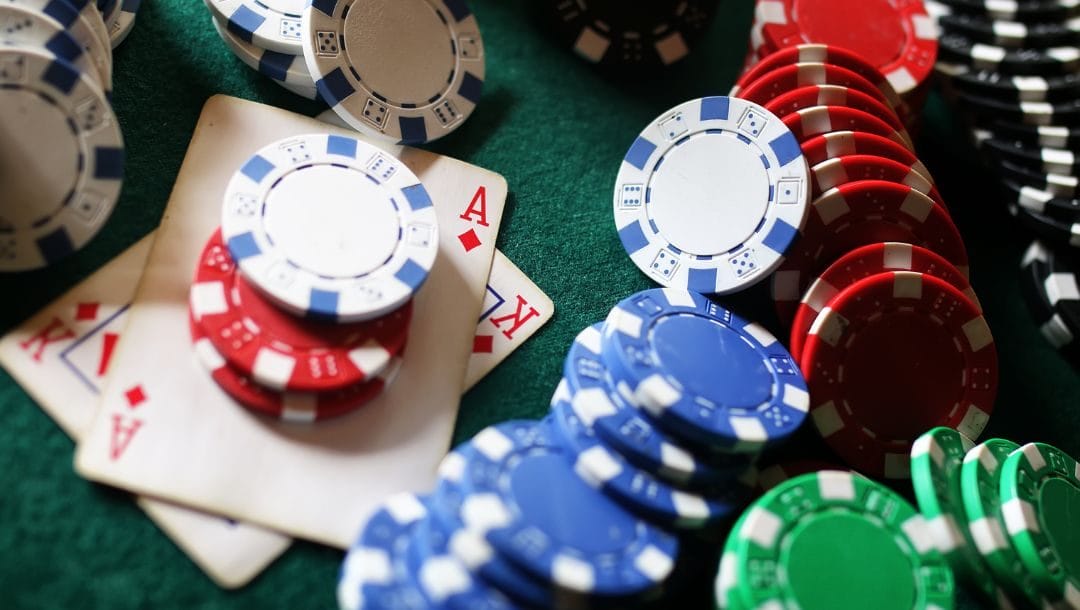
Winning pots is what online poker is all about, but not every pot is worth playing for. To understand whether the pot you stand to win is worth the risk of betting in, you need to understand and use pot odds correctly. This handy bit of poker math is a powerful tool at every level of the game, from basics to advanced strategies.
Pot odds are a key part of poker strategy. Why is poker strategy important? It is the only way to learn, grow, and keep enjoying the game. From the basic pot odds chart and calculation to understanding the minimum defense frequency vs. pot odds, all of it is good to know as a guide on your poker journey. Keep reading to find out more.
Understanding Poker Odds Clearly
The basic definition of pot odds is the ratio of the size of the table’s poker pot to the size of the call facing the player. Simplified, it’s the value of making the call, or the risk versus reward of calling a bet to potentially win the pot.
They matter because poker is a game of skill as well as chance. While there is luck in poker, as no one can predict the deal of the cards, the skill component is the ability of the player to use math to your advantage. With denomination-marked chips, 52 cards in the deck, and 13 cards for each of the four suits, players can use the information available – hole cards, community cards – as well as betting patterns and tells from opponents, to make educated decisions within the game.
Calculating pot odds is an important way to remove some of the luck and guesswork in poker by applying math. It helps to answer the most important question: What is expected value in poker?
How to Calculate Pot Equity Quickly

The basic ratio in calculating poker pot equity is current pot size: cost of call. Let’s use a simple example:
There is $100 in the pot, and your opponent bets $50. The size of the pot is $150.
To call the bet, it will cost $50. The cost of the call is $50.
The ratio is 150:50.
Reduce the ratio by dividing each side by a mutually simple number. Since 150 is divisible by 50, perform this equation: 150 ÷ 50 or 150/50. The answer is 3.
The reduced ratio is 3:1.
For every $1 you bet, you can win $3 from the pot.
Those are winning poker math odds.
However, the pot odds improve when there is more money in the pot and the bet is smaller. In another version of that example, if the pot is $100 and the opponent bets $20, the ratio is 120/20. Reduced, the ratio is 6:1. For every $1 bet, you can win $6. That is a better bet and an easier call.
What poker math can’t calculate is when an opponent is bluffing. Here, another ratio called minimum defense frequency comes into play. This is the minimum amount of times you have to call or raise in order to prevent your opponent from profiting from you through bluffing. When it comes to the usefulness of minimum defense frequency vs pot odds, the latter is easier for beginners to work with at the table, but both are well worth studying.
Expected Value: Making Better Poker Choices
Once you’ve learned how to calculate pot odds, the next step is to work out the expected value of your hand. Again, this concept measures how profitable it is on average to bet in the situation you’re facing.
Let’s look at another example of how it works. Suppose you’re playing Texas Hold’em, and you have a flush draw. The pot is 100 chips, and your opponent adds 50, bringing it to 150 in total. To win the pot, you have to bet 50 more chips and hit the flush on the river. Assuming the probability doing so is 20% and the probability of missing is 80%, the poker expected value calculation will be as follows:
Possibility to hit flush + Possibility to miss flush
EV= (150*0.2) + (-50*0.8)
= (30) + (-40)
= -10
According to this calculation, calling to hit the flush will lose you 10 chips on average over time. This is a situation that will lose you money, and the best approach statistically is to fold.
Play Poker Online at BetMGM

Put theory into practice and see how EV and pot odds work out in real time when you play poker with real money at BetMGM. Join cash games, take part in online poker tournaments, and meet like-minded players in a lively community.
First-time players can ease themselves into the scene with a handy online poker welcome bonus.
Improve your chances of making a profit in poker with pot odds. Learn how to apply this powerful poker math concept to your bets at the table.


